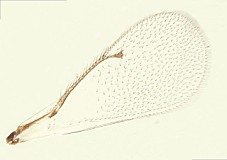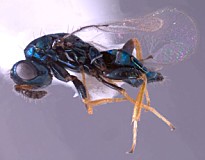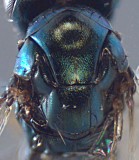Tetrastichus giffardianus Silvestri
Additional biological information can be found at the Tetrastichus page and in Ramadan and Wong (1990), Purcell et al. (1996), and Purcell et al. (1997). See also the revision by LaSalle and Wharton (2002).
Tetrastichus giffardianus was subsequently introduced to other countries from Hawaii, including Brazil, where Fonseca and Autuori (1940) and Fonseca (1947) published on rearing methods.
There are no specimens currently determined for this OTU, or those specimens determined for this OTU are not yet mappable.




